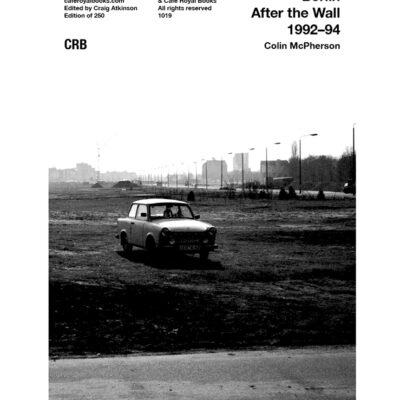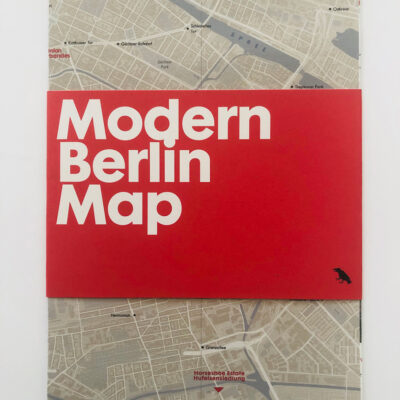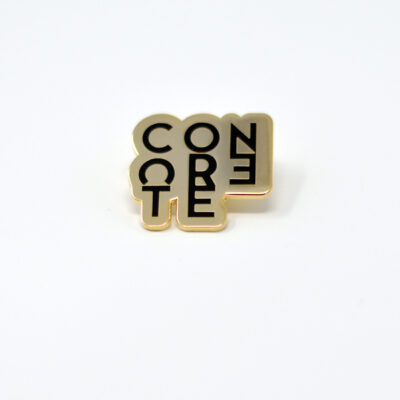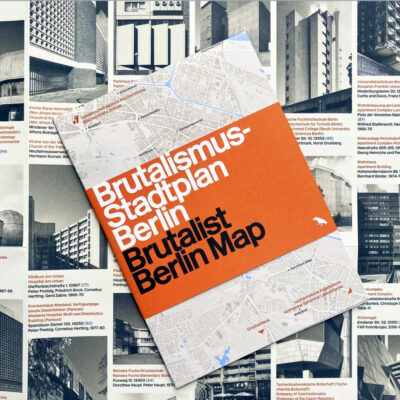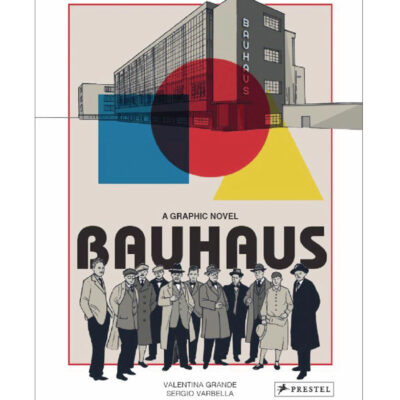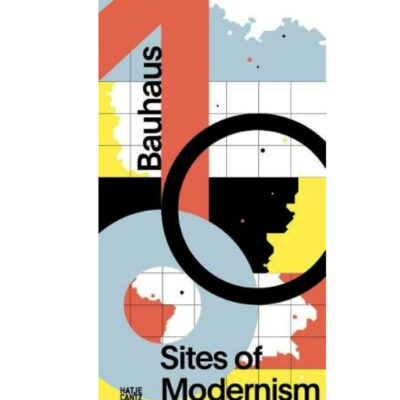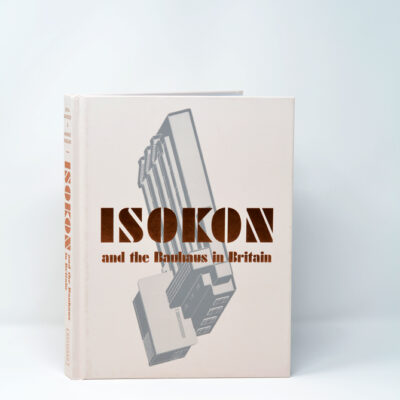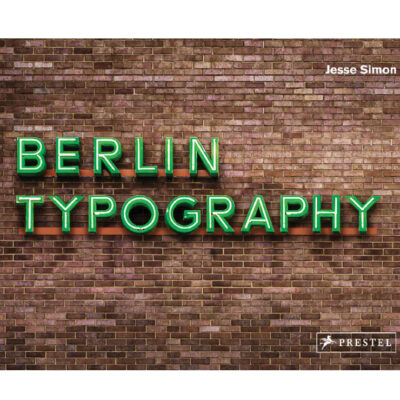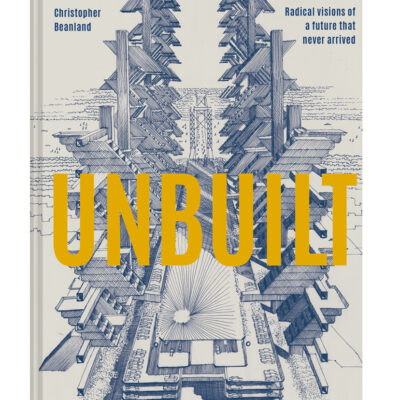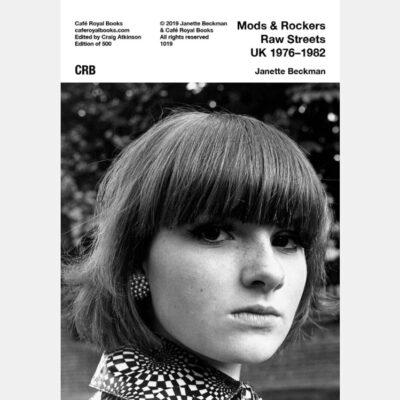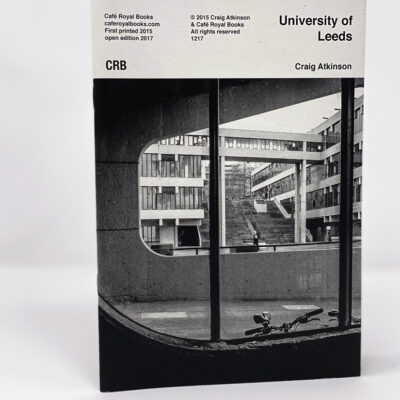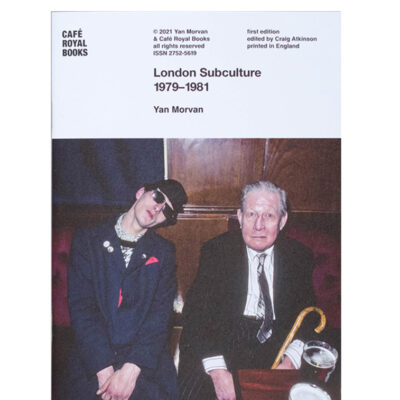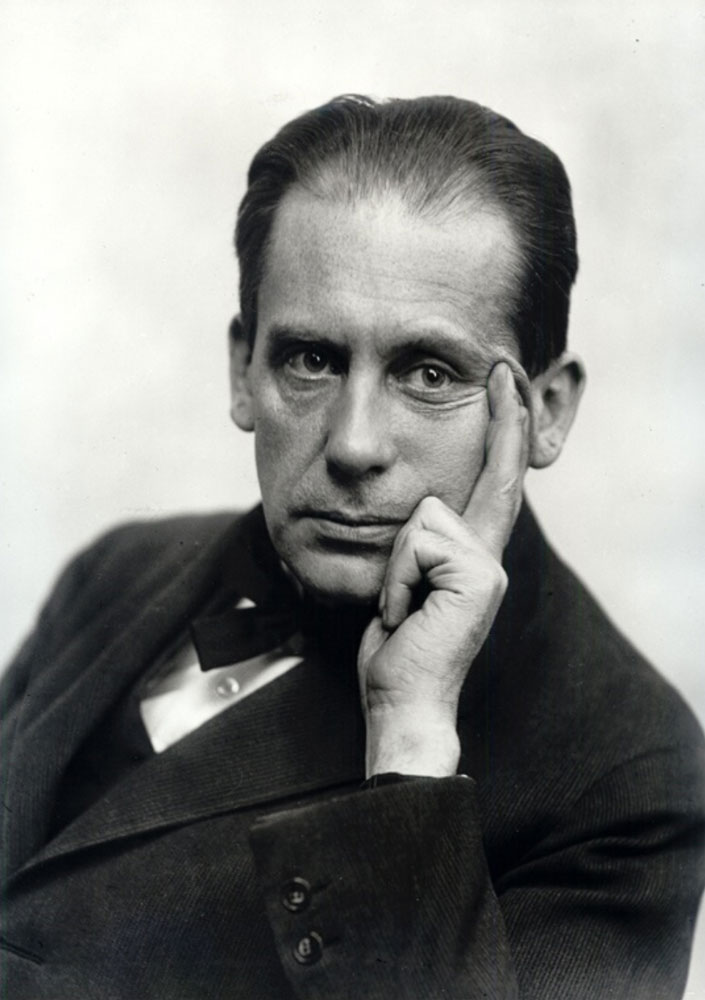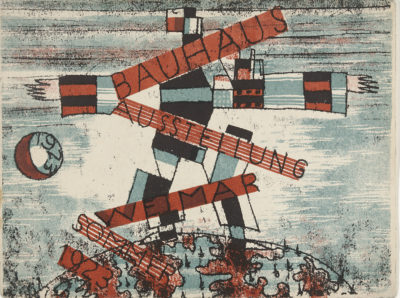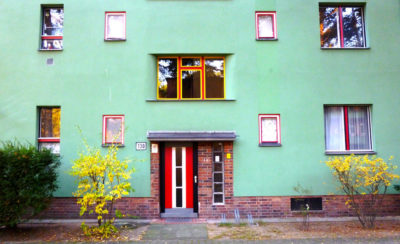Otto Bartning
Otto Bartning
1883-1959
Born in Karlsruhe, educated at the Berlin Königliche Technische Hochschule and a Doctor of Theology. Bartning was a pre-WW1 member of the Deutsche Werkbund. A friend and collaborator with Walter Gropius, he worked together with Gropius, writing the Bauhaus Manifesto. When the Bauhaus opened in 1919 in the city of Weimar in Thuringia, it operated on the site of a building designed by Henry Van der Velde which had been home to the state’s School of Applied Arts.
A matter of six years later, in the midst of a highly charged politically volatile time, it became clear that the Bauhaus would need to leave conservative Thuringia. In 1925 the school relocated from Weimar to Dessau into a new building designed by the school’s director, Walter Gropius. The local government in Thuringia asked Otto Bartning to remain in Weimar and to become Director of a new school on the same site. This became known as ‘The Other Bauhaus’, the Staatliche Bauhochschule Weimar. It opened its doors to students on 22nd March 1926. Amongst a number of philosophical differences, the Other Bauhaus opened a department of architecture whose first head was Ernst Neufert.
Whilst the majority of students followed Walter Gropius to Dessau, the ones who did not were given an opportunity to continue their studies in Weimar.
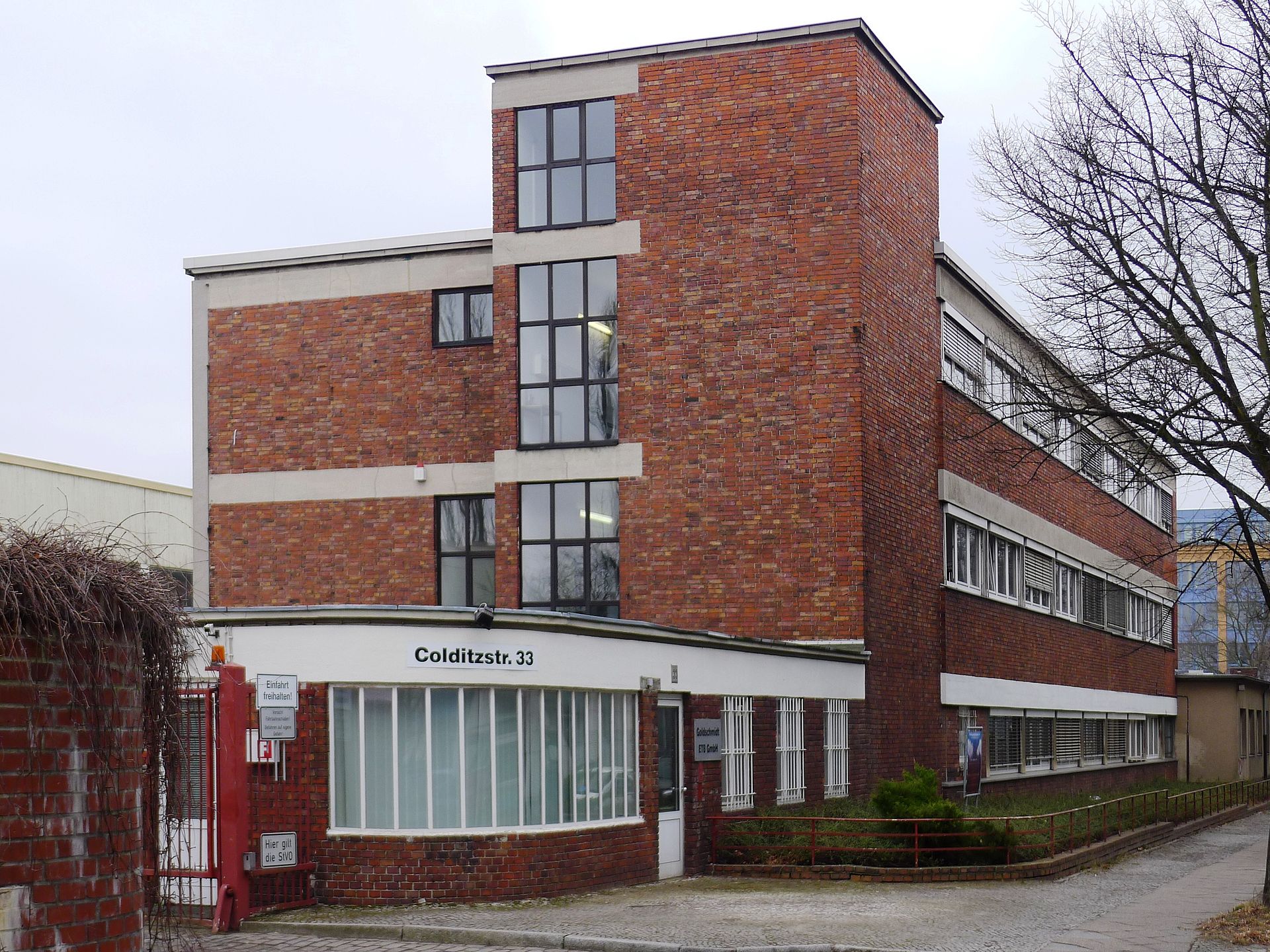
Colditz Straße Berlin-Tempelhof Airport Administration Building German Cultural Monument 09075200 Image: Bodo Kubrak CC BY SA 4.0
The Other Bauhaus
The Other Bauhaus operated for four years, at which point Otto Bartning left. The building once again became home to a new school, this time the Staatliche Hochschule für Baukunst, bildende Künste und Handwerk. Paul Schulze-Naumburg, an active National Socialist and a part of the KDAI unit became its director in 1930.
Stepping back in time, Six years earlier in 1924, the Zehner-ring was formed, a collective of architects and artists by 1926 this had evolved into Der Ring, aka the Association of German Architects. Their principal concern was to widen interest and understanding of the modernist movement. They were headed by Ludwig van der Rohe and Hugo Häring. Gropius was a member as was Otto Bartning, Mendelsohn, Bruno and Max Taut, Hans Scharoun and more. Members of this gathering of like-minded individuals would slip in and out of focus throughout Bartning life. Too many later lost their professional licences to practice under the nazi regime and decided to leave Germany. The ‘der ring’ years were prolific for Bartning whose interests ranged from urban planning to designing churches. Bartning designed the first steel-framed church in Cologne in 1928. He also worked on the important Siemensstadt project (’29-’31) where he came into contact with several fellow members of Der Ring – Forbat, Scharoun, Poelitz to mention a few).
War Years
His career stuttered as a result of the war and whilst he did receive commissions immediately post-war, he did not really get back to his rightful influential role until well into the 1950s. Otto found work in those intervening years on smaller projects, such as designing churches and a Protestant Settlement. In 1948, he reopened the Deutsche Werkbund.
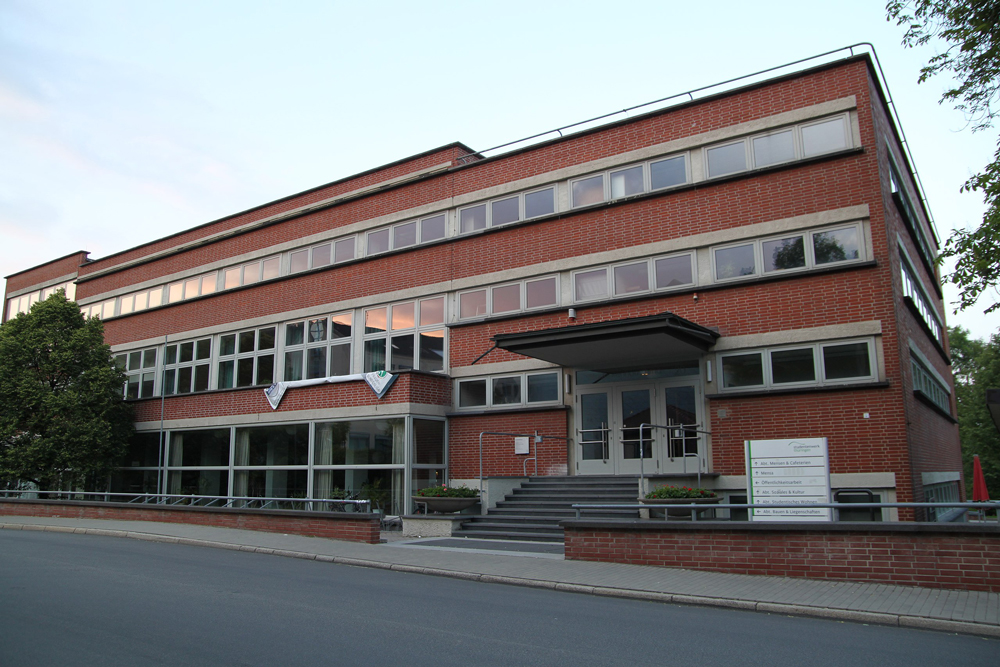
1927 Mensa Cafeteria, University of Fredrich Schiller, Jena Germany. Image Claudia Sadewasser CC BY SA 3.0
By 1950 he was back in his stride and accepted the post of Second Chairman of the German Werkbund and also became the President of the Association of German Architects. The Otto Bartning Foundation was founded in Darmstadt in 1953.
Bartning was put in charge of the Interbau project, the International Building Exhibition in the Hansaviertel district of Berlin. It was hugely successful bringing together, post war in West Berlin some of the most famous modernist architects, many of whom had been members of Der Ring and Bartning had worked together with pre WW2. Architects such as Gropius, Aalto, Niemeyer, Taut, Jacobsen and Corbusier contributed to the project which came to life in 1957.
The contribution of Otto Bartning to modernism cannot be underestimated, both as a collaborator, a mentor and a creator.




